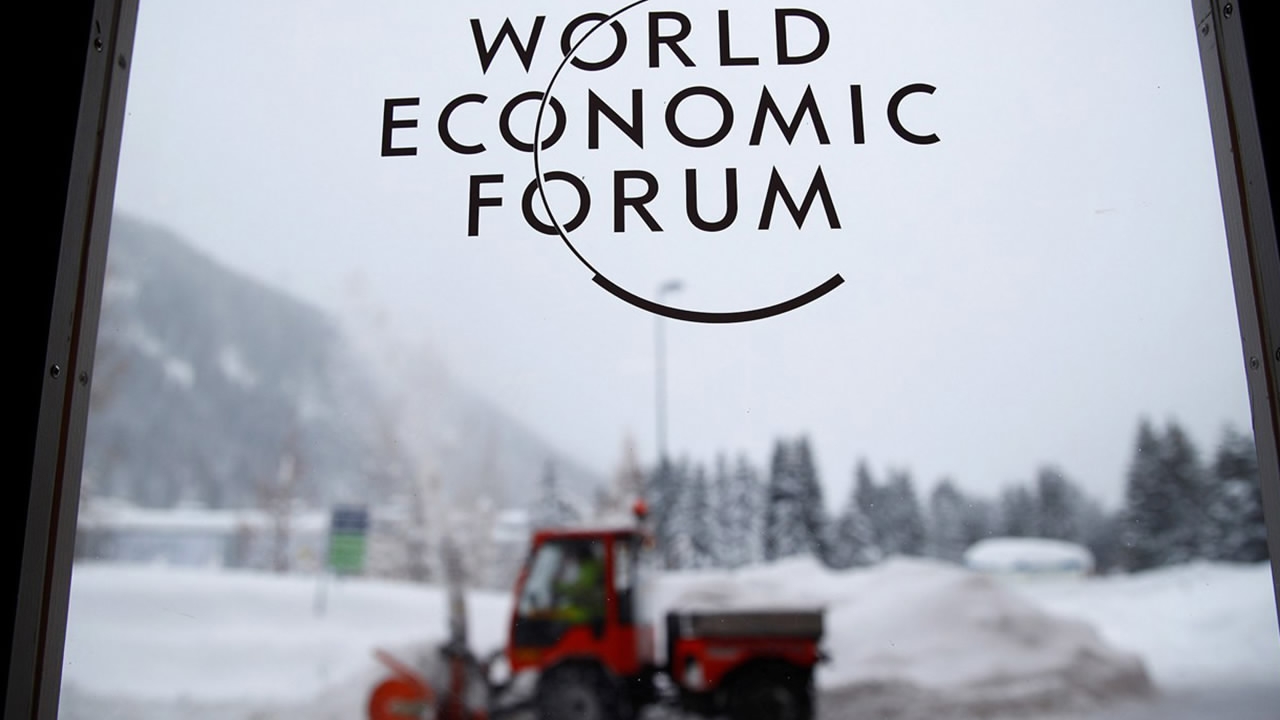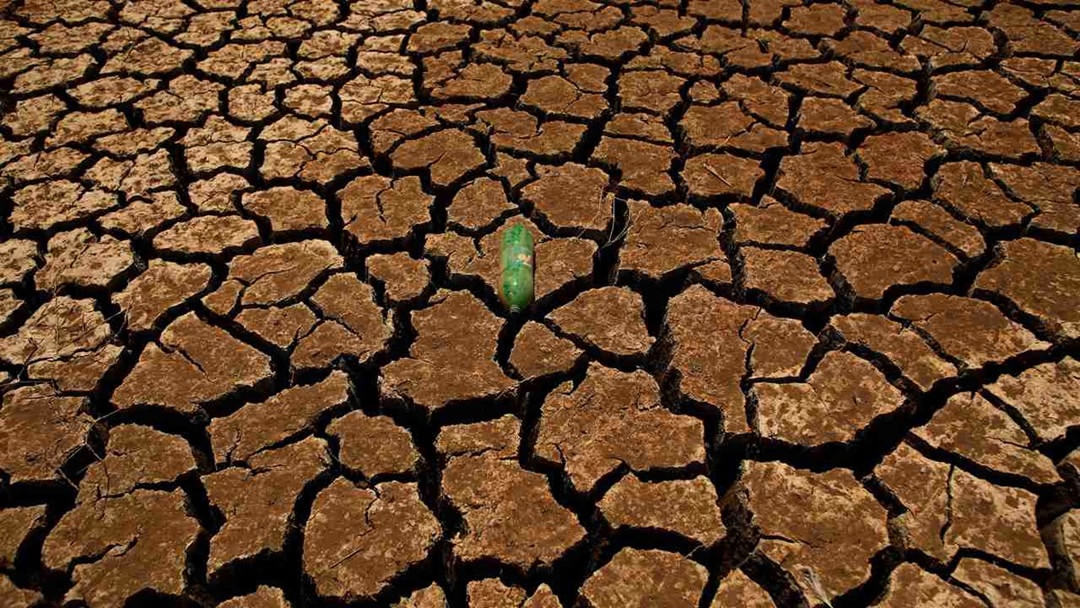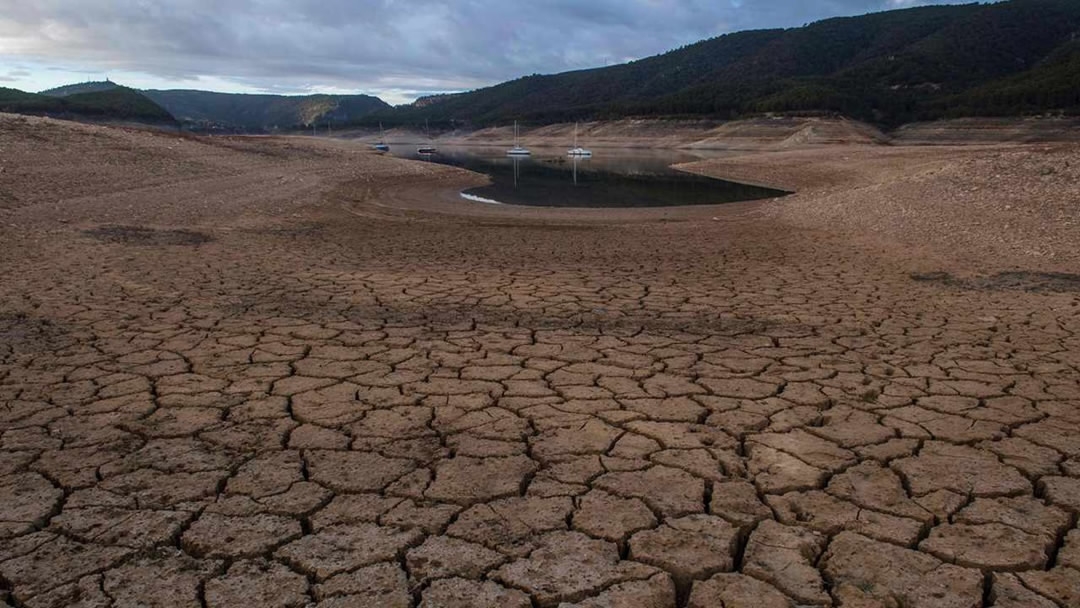
Business
18:09, 22-Jan-2018
Green Growth: Will 2018 mark a new approach to intertwined issues of economic growth and environment?
By CGTN’s Jack Barton

The World Economic Forum (WEF) is about to get underway in Davos, Switzerland. The event will seek ways to stoke economic growth and save the environment. These two central themes are likely to be handled largely as separate issues, which many environmentalists say might be adding to the difficulty of finding lasting solutions to either.
Spain is a perfect example of how complex and intertwined the issues of economic growth and the environment are. The country is in the grip of its worst drought in decades. It’s led to water shortages, a crisis for farmers and devastating forest fires, even in the wettest region of Galicia.

A bottle is seen on a parched ground at Guadalteba reservoir during a strong drought in Ardales, near Malaga, Spain, August 6, 2017. /VCG Photo
A bottle is seen on a parched ground at Guadalteba reservoir during a strong drought in Ardales, near Malaga, Spain, August 6, 2017. /VCG Photo
A lot of the blame has been directed at climate change, which most scientists warn is to a significant degree driven by human economic activity.
“Coal and oil energy production is a major contributor to climate change. And then to a lesser extent I would say all the land use, all the land cover transformation in the tropic for instance the burning of forests is a contributor but this is relatively small compared to energy transformation and production,” said David Sauri, Professor of environmental science at University Autonoma of Barcelona.
Higher temperatures in Spain have led to a loss of groundwater. But rainfall is also low, threatening to turn parts of the country into arid deserts through a process called aridification.
“The main thing is the precipitation is below 400 millimeters you get a serious problem of drought and when you get 200 millimeters you are just in the process of aridification. There are many areas in Spain which are 200 today. So there is a process of aridification due to the diminishing of rain. But also in the areas between 200 and 400, there is also a problem because with the same rain the plants are using more water. So you get more aridification now as with the same rain of the past,” Narcis Prat, Professor of Ecology at University of Barcelona, explained.

Low water levels at a reservoir in drought-stricken Entrepenas near Sacedon, Spain, November 24, 2017. /VCG Photo
Low water levels at a reservoir in drought-stricken Entrepenas near Sacedon, Spain, November 24, 2017. /VCG Photo
Spain’s important agriculture sector is compounding the crisis. “In many of our big rivers, agricultural resources use 90 percent of the resources. In the dry years, they use all the resources, the rest is for the cities,” according to Prat.
Spain of course is just a small part of what is a global crisis being driven by an economic model that has pushed our natural environment to breaking point.
“These issues are one issue, two sides of a coin,” noted Prof. Kim Bowon from Kaist University. Besides, Kim said that four E's – Economy, Environment, Energy and Education – are the same thing, as all issues related to these E's must be tackled simultaneously.
“You cannot talk about one issue in separation from the others. They have to talk about these issues as one big theme otherwise you cannot find a sustainable solution,” Kim added.

SITEMAP
Copyright © 2018 CGTN. Beijing ICP prepared NO.16065310-3
Copyright © 2018 CGTN. Beijing ICP prepared NO.16065310-3